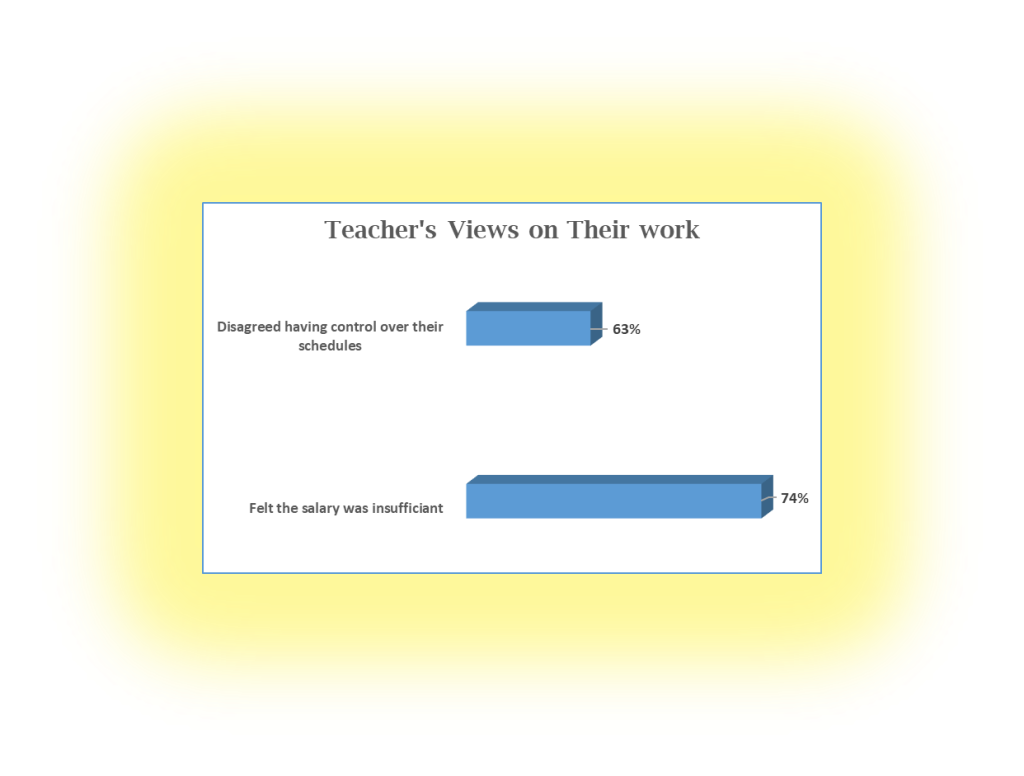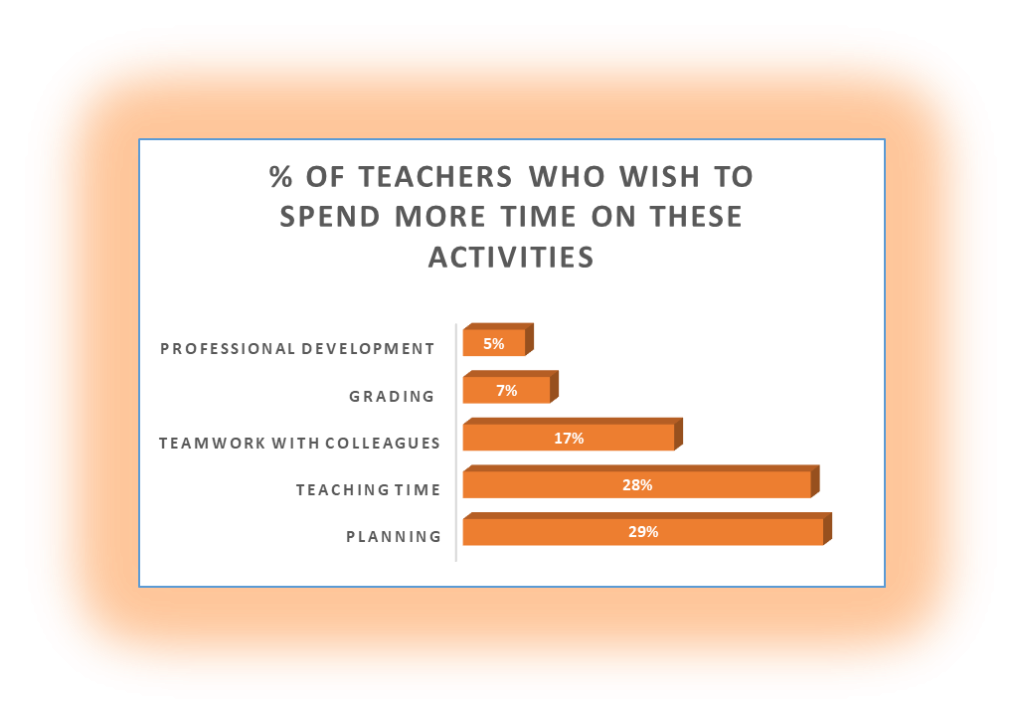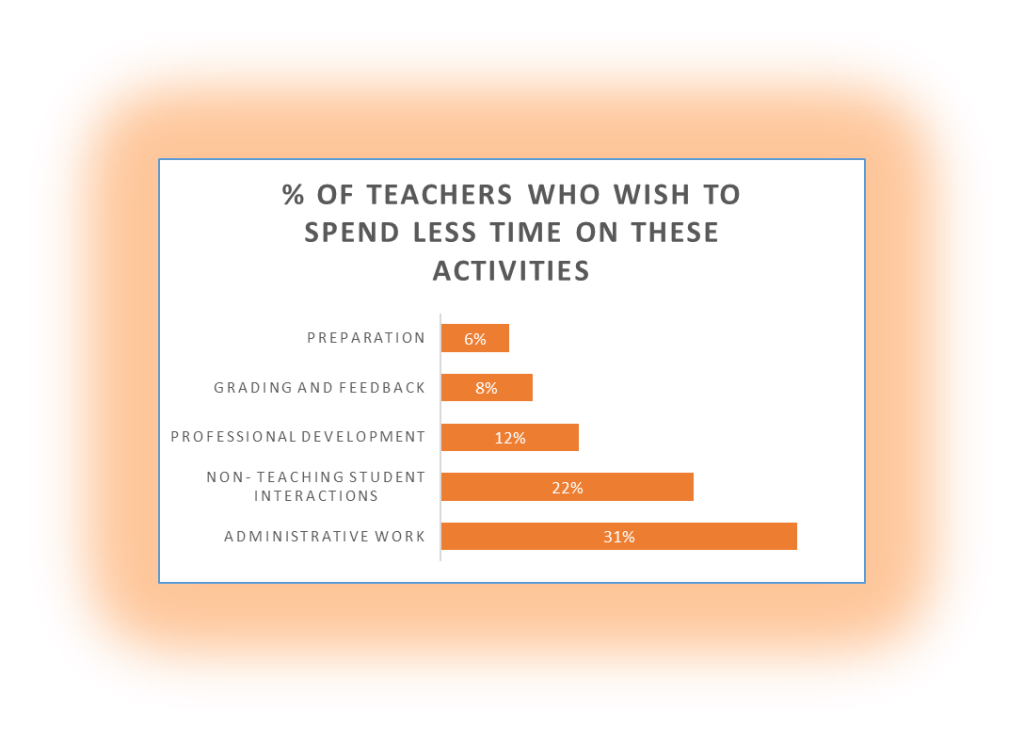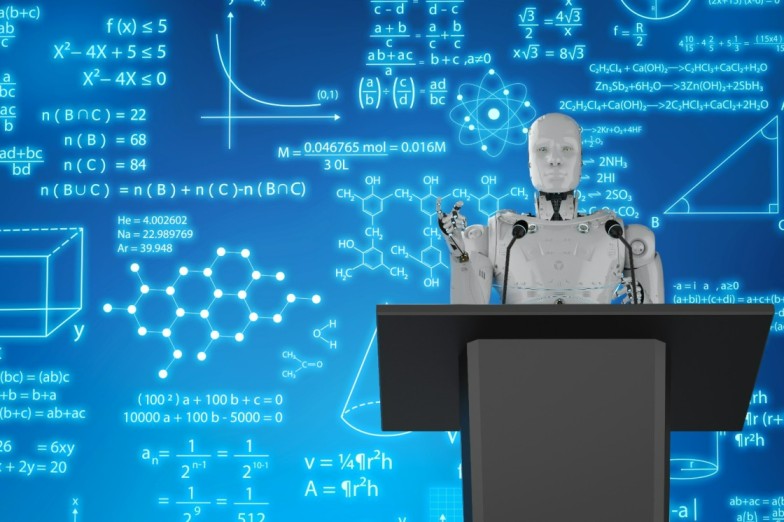The world is advancing at a remarkable speed. And innovative educational designs are constantly revolutionizing our classrooms into better learning spaces. After the paradigm of blended models, hybrid learning, and full-fledged online education (with accredited online schools), we are now in an era of ChatGPT and AI in education. Today, we have the support of artificial intelligence in education. And this makes a considerable difference in the lives of the students and the stakeholders. Like many other innovations, many stakeholders label artificial intelligence in education as ‘daunting’. However, in reality, its real potential is quite hard to imagine.
Let’s decode the potential of AI and education to understand the actual opportunities that it can offer for students and teachers.
Read on for some astonishing facts and the future of AI in the world of education.
Here’s all about it!
What is AI?
Artificial intelligence or AI is the ability of a computer or robot to perform complex tasks. From the initial years of computers and their programs to ChatGPT and education, this technology is used in the form of chatbots, voice recognition, medical uses, useful search engines, etc. Today, artificial intelligence is way beyond regular uses like automated assignments, grading, and providing assistance to disabled students in education. It has reached a level where it can help in filling many gaps across the teaching and learning process.
How AI is Used in Education?
According to the Office of Educational Technology U.S. Department of Education, AI and education can support educational priorities in many ways. It can reduce the cost of high-quality education, which remains a major concern for many students in the U.S.A.
<As of 2022, a typical undergraduate student (with loans) graduated with around $25000 in debt.>
Other than this, AI in education can also help reduce the learning gaps aggravated due to the pandemic. Another big contribution of technology in today’s educational landscape is to tailor the student’s learning to their individual needs. AI for educators is also a great way to manage tasks even in a limited scope of time.
Recently, there has been a huge leap in the world of technology and artificial intelligence with ChatGPT in schools as the new classroom AI.

Let’s explore the advantages of AI now.
Benefits of using Classroom AI
1. Managing Work Load for Teachers
Do you know that teachers work for more than 40 hours a week?
In fact, many of them feel underpaid with little or no control over their schedules. AI helps teachers by bringing down their manual tasks considerably.

2. Prioritizing Tasks
As individuals and professionals, teachers too have their own take on the ways in which they wish to utilize their time. Many teachers wish to add or subtract the allocated time duration for multiple activities to maximize their productivity.
Here’s a look at some related findings.
| Percentage of Teachers who wish to spend more time on these activities | |
| Task | % |
| Planning | 29% |
| Teaching Time | 28% |
| Teamwork with Colleagues | 17% |
| Grading | 7% |
| Professional development | 5% |

| Percentage of Teachers who wish to spend less time on these activities | |
| Activity | % |
| Administrative work | 31% |
| Non-teaching student interactions | 22% |
| Professional development | 12% |
| Grading and feedback | 8% |
| Preparation | 6% |

3. Engaging Students
While many accredited online schools like International Schooling have highly advanced presentation tools and online resources, many other traditional schools still need the support of technology like AI and ChatGPT in schools. Teachers can also view tutorials provided through this technology to learn new ways of delivering instructions to students. The functions of AI for educators extend from communication, cascading information, and improving instructions to assistance in grading as well.
So isn’t this a wonderful support to enhance teaching?
4. Round the Clock Support
With the support of chatbots and opportunities for personalized learning, students get 24/7/365 support to fall back on. This means that they can continue their studies at any time of the day, even if they are working, have other priorities, or simply prefer odd hours. This support also reduces the teacher’s workload by reducing student’s queries. And this is not all, it also limits the student’s dependence on collaboration with a readily available facility to clarify doubts.
Do you know that many introverted students like International Schooling because they prefer more personalized teacher attention?
Likewise, AI in education also helps students to do away with their inhibitions and progress at their own pace and preference.
5. Support for Students with disabilities
AI-supported tools help students with many types of physical and learning disabilities. It literally helps them in their everyday lives. And serves as a perfect aid to improve their learning as well. Students with disabilities can feel at ease in a non-judgmental environment with the aid of technology. This helps them to escape the threats, as they can limit their interactions to their comfort levels.
Unfortunately, disabled students are at a higher risk of bullying and other forms of violence. In fact, they are at a much higher risk of being bullied (2 to 3 times) in comparison with their nondisabled peers.

Suggested Read:- Online School: Flexible Learning Option For Special Needs Students In 2023
What is the Scope of AI for Educators?
Student Learning
According to the ‘Office of Educational Technology’, Department of Education, U.S.A., artificial intelligence in education can help educators in enhancing the student’s learning experience. Through the power of technology, teachers can identify the need to improve their instructional delivery. In other words, they can learn about choosing the right material, and pedagogy to adapt their lesson plans as per the student’s needs.
Instant feedback
A human teacher has his/her limitations. But through this technology, teachers can identify learning gaps in no time. When students get instant feedback, they become more aware of their strengths and areas of improvement. Teachers can modify their instructional delivery to advance their learning at a better pace. AI in teaching creates a credible feedback loop with superior quality and reliability.
Reduces Burden
The use of artificial intelligence also helps in enhancing the efficiency of administrative tasks. Teachers can reduce their burden of tasks such as maintaining data like registration, enrollment, entries, etc. All this also helps them to minimize human errors to a great extent.
Professional Development
The support of AI also helps teachers to identify their teaching gaps. Basis this, they can collaborate with their peers to improve their teaching.
What is the Future of AI in Education?
As per the World Economic Forum, technology like ChatGPT in schools could play a collaborative role in the education system. However, these will not replace human beings completely. In the years to come, students and stakeholders will be able to use technology in many ways across the processes of teaching, learning, feedback, and remedial action. But again, there is no possibility that technology (like ChatGPT 4, etc.) manages to carry out all tasks the way human teacher performs these. The Forum also highlights the possibilities of technology in
- Creating equitable opportunities for all within the education system
- Preparing young generations with the skills of the future
- Enhancing the professional experience of teachers
In the present scenario, a teacher’s direct interaction time with students is only 49%. With the help of AI in teaching, teachers will be empowered to use 20 to 30% of their time towards better activities that can boil down to student success.
If you think, the workload in the teaching profession is a minor issue across the world, here’s a quick reality check for you!
According to McKinsey, 81% of teachers (in the United Kingdom) considered quitting their profession simply because of the immense workload.
Tips for Using Artificial Intelligence in Education
- Gain knowledge beforehand- For users, AI and education can be a tool only if they know the benefits and limitations well. Even advanced technologies (like ChatGPT OpenAI) cannot be trusted for 100% accuracy all the time. It’s always better to seek clarity before using any form of technology.
- Amalgamate technology mindfully- The use of AI cannot replace the teacher’s preparations any day. In fact, these can only be supplemented with a well-created plan (like a lesson plan), and that too with the right selection of tools (for research, presentation, etc.). All in all, there is little use of this technology without creating the right mix of pedagogies and tools.
- Validate the findings- While technology like ChatGPT for students is a study aid, it is quite different for teachers. As educators, you must never forget to cross-check and validate the data/findings/results yourself before you consider these as infallible or 100% ‘error-free’
- Never underestimate human skills- A good teaching and learning experience is translated to skill building in students. Always remember that a human teacher nurtures genuine creativity, inquisitiveness, and problem-solving that technology can match.
Final Words
Globally, the educational landscape is embracing technologies like ChatGPT (ChatGPT for teachers). As per a recent survey, teachers are welcoming ChatGPT in education as a great support to create better educational experiences. While 33% of the teachers used it for innovative ideas for their classes. 73% of them were aware of it.


The future of technology seems promising in many ways. However, we now need to focus on its fulfilling and responsible use!
Thanks for Reading
Frequently Asked Questions
- What is ChatGPT?
The Chat Generative Pre-training Transformer (ChatGPT) is software created by an AI research and deployment company called OpenAI. With this, users can ask questions in their language (regular and interactive manner). And the software can accomplish many language processing tasks. The main purpose of this language model is to help create automated content, translate language, and even generate text that is almost like humans.
- What can ChatGPT do in education for teachers?
ChatGPT can perform text functions like generating new text, creating, summarizing, translating, categorizing, shortening, etc. (including conversational dialogues). It can also help them with grading, assessments, etc. thereby reducing the teacher’s workload.
- How is AI used in education?
AI in teaching is a tool for teachers to customize learning as per the needs of unique learners. It can help students and teachers resolve all issues of the teaching and learning process by meeting the requirements of the curriculum.
- Will AI eventually replace teachers?
AI cannot replace teachers or their human touch completely. Because only a human being can understand human connections and build real emotional support.
Suggested Read
- Surprising Benefits Of Microlearning For Students
- Blended Learning: What Is It And How Does It Work
- Helicopter Parenting: How Does It Impact Kids?
- How To Be Emotionally Supportive For Your Kids
- 5 Strategies For Building A Growth Mindset In Your Child
- Positive Thinking Strategies For Teenagers
- Promoting Self-Regulation In Teens And Kids
- Common School Problems That Your Child Could Be Facing
- Signs Of Toxic Parenting And Ways To Overcome It













